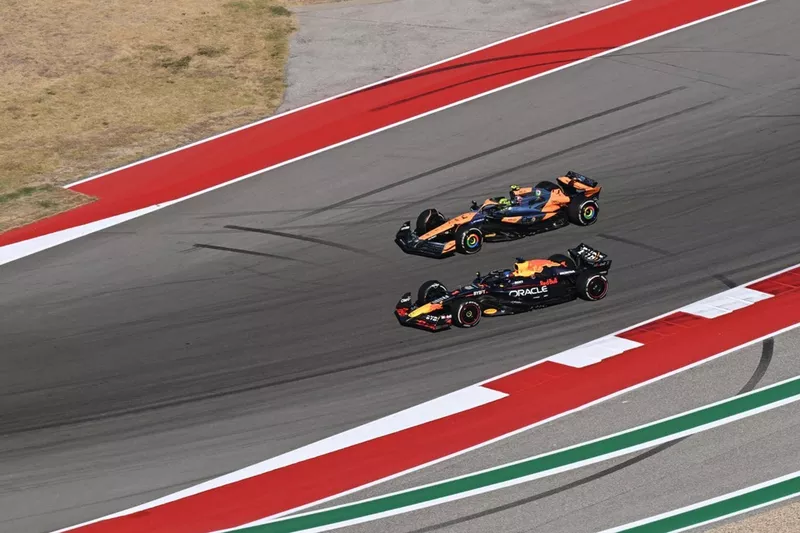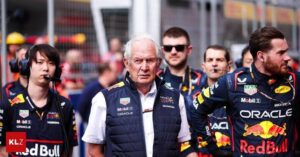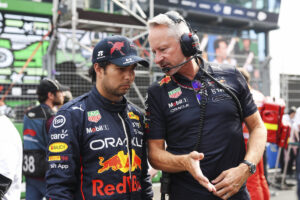Breaking news: Drivers seeking FIA answers over why Verstappen was’t…read more.

Drivers seeking FIA answers over why Verstappen wasn’t…read more.
In the aftermath of the Austin Grand Prix, drivers are seeking clarification from the FIA regarding why Max Verstappen did not receive a penalty for his actions during a heated battle with Lando Norris. The incident occurred as they vied for third place, culminating in both drivers leaving the track at Turn 12 with just four laps remaining. While Norris was penalized with a five-second time penalty for overtaking Verstappen off the track, Verstappen faced no sanctions for pushing Norris wide.
According to the existing rules, Verstappen was considered the defending driver and was not obligated to give Norris racing room. However, McLaren has formally requested a review of the incident, arguing that Norris was ahead of Verstappen at the critical moment and thus should have been regarded as the one defending his position.
Despite the stewards seemingly applying the rules correctly, several prominent drivers have expressed concern over the implications of the current racing guidelines. They argue that drivers should not be permitted to dive inside corners with disregard for their ability to navigate the turn, provided they are ahead at the apex. Lewis Hamilton commented on the situation, calling it a “grey area” and suggesting that adjustments to the rules are necessary. He also pointed out the inconsistencies in rulings based on the stewards present at each race, emphasizing the need for the sport to standardize its regulations.
George Russell, Hamilton’s teammate, echoed similar sentiments and expressed curiosity about the FIA’s perspective on the incident. He questioned whether Verstappen’s actions were justified under the existing regulations or if he was exploiting a loophole, a notion that Valtteri Bottas from Sauber described as “taking the piss.” Russell believes that Verstappen should have been penalized, indicating that if the FIA concludes that he should not have been, it would suggest that Verstappen effectively manipulated a gap in the regulations.
Carlos Sainz from Ferrari also raised concerns about the aggressive nature of defending drivers. He questioned the extent to which a driver can defend their position without facing repercussions, noting that this could significantly alter racing dynamics. Sainz argued that both drivers were at fault in the Austin incident—Verstappen for going wide and Norris for gaining an advantage off-track. He emphasized that this complicated scenario warrants clarification from the stewards.
Both Russell and Sainz proposed that introducing a gravel strip at Turn 12 could mitigate similar incidents in the future. They believe that such a change would prevent drivers from gaining positions by going off-track. Sainz specifically pointed out that if gravel were present, Norris would not have been able to overtake, and Verstappen would have been less likely to brake late and venture off-course.
Sainz further contended that modifying circuit layouts could provide a more straightforward solution to ongoing discussions about racing rules. He suggested that rather than engaging in lengthy debates over regulations, adjustments to the track could serve as a more effective remedy, as seen in other circuits that have implemented changes.
The Circuit of the Americas, which also hosts MotoGP events with different run-off area requirements, is reportedly in discussions with the FIA regarding potential modifications for the 2025 season. As conversations continue, many drivers are hopeful that improvements to track design could resolve some of the ongoing regulatory challenges faced in the sport.








